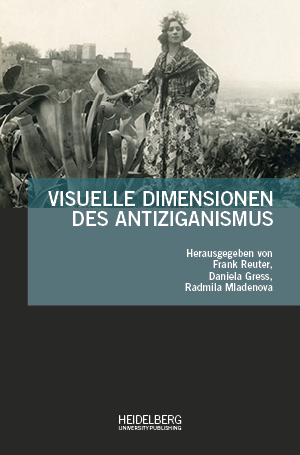How to Cite
License (Chapter)

This work is licensed under a Creative Commons Attribution-ShareAlike 4.0 International License.
Identifiers (Book)
Published
Prolegomena zur Geschichte der filmischen Darstellung der Roma und Sinti
Abstract The article emphasises the role of silent film in the cinematographic popularisation of antiziganist stereotypes. Early film makers drew on established topoi, especially from the field of musical theatre. However, major national differences can be identified, as the author demonstrates using Hungary as an example. There, the aristocracy and the upper middle class identified with so-called „Gypsy music“ as an expression of Hungarian national culture and identity, which is also reflected in the cinematic representation of the Roma. Paradigmatic for this is the often filmed opera Der Zigeunerbaron (The Gypsy Baron) by Johann Strauss from 1885, in which Roma are portrayed as an integral part of Hungarian society – an understanding of the role that differs greatly from Western European originals such as Bizet’s Carmen or Verdi’s Il Trovatore. Even in surviving footage of post-World War I Hungarian cinema newsreels, famous Roma bands receive positive mention. In contrast, documentary footage shot by early Austrian commercial filmmaker Karl Köfinger in Burgenland Roma settlements reproduces the exoticising and stereotypical „Gypsy“ depictions found in painting and photography. An example of cinematic testimony beyond antiziganist constructions is Peter Nestler’s 1970 documentary Zigeuner sein (Being a Gypsy), in which Holocaust survivors are given a voice.






